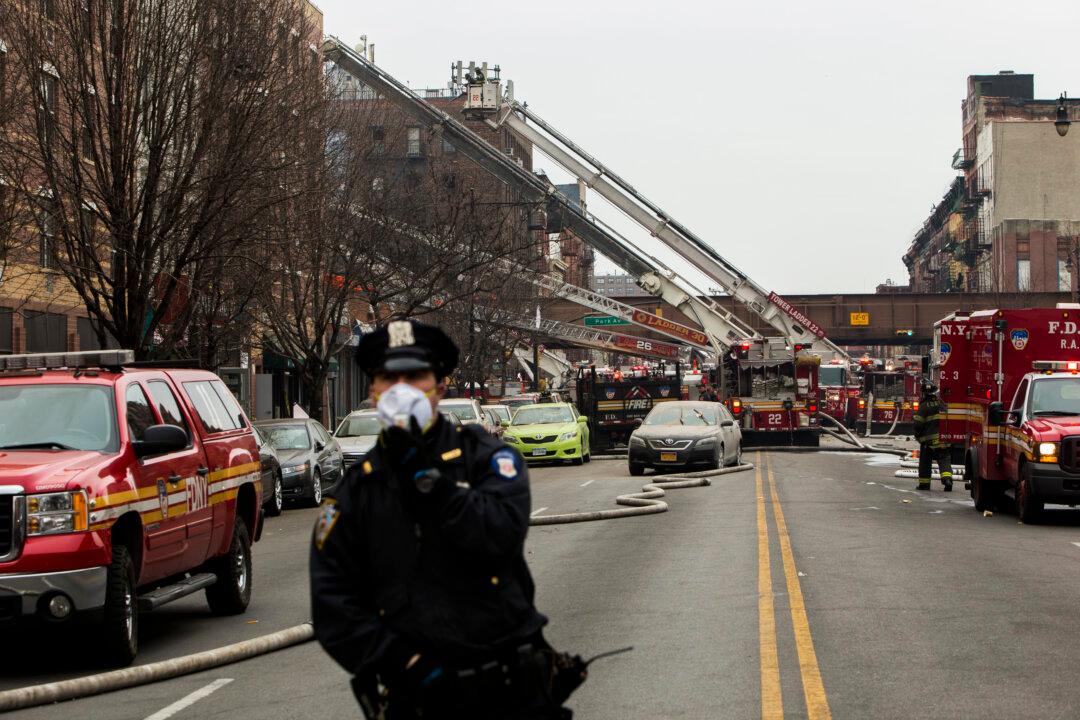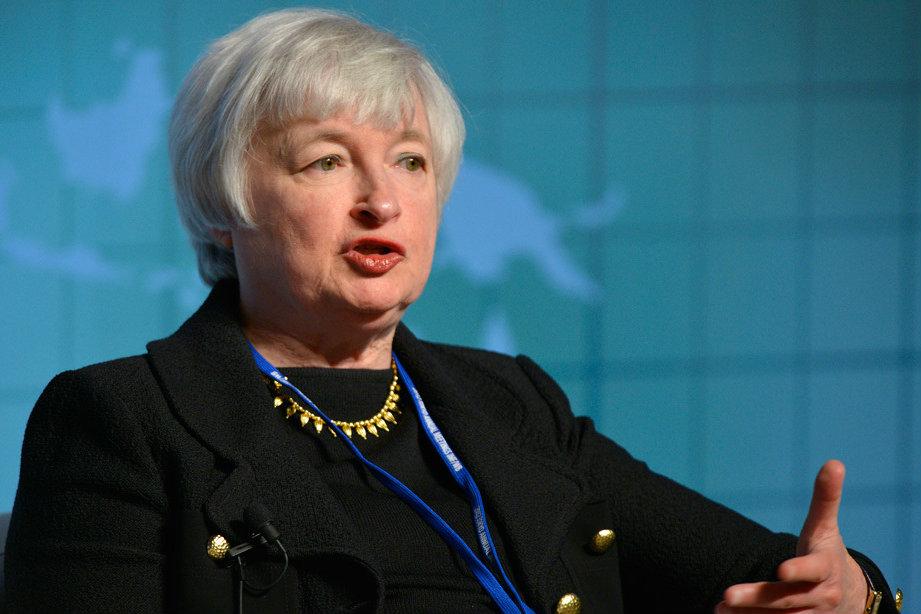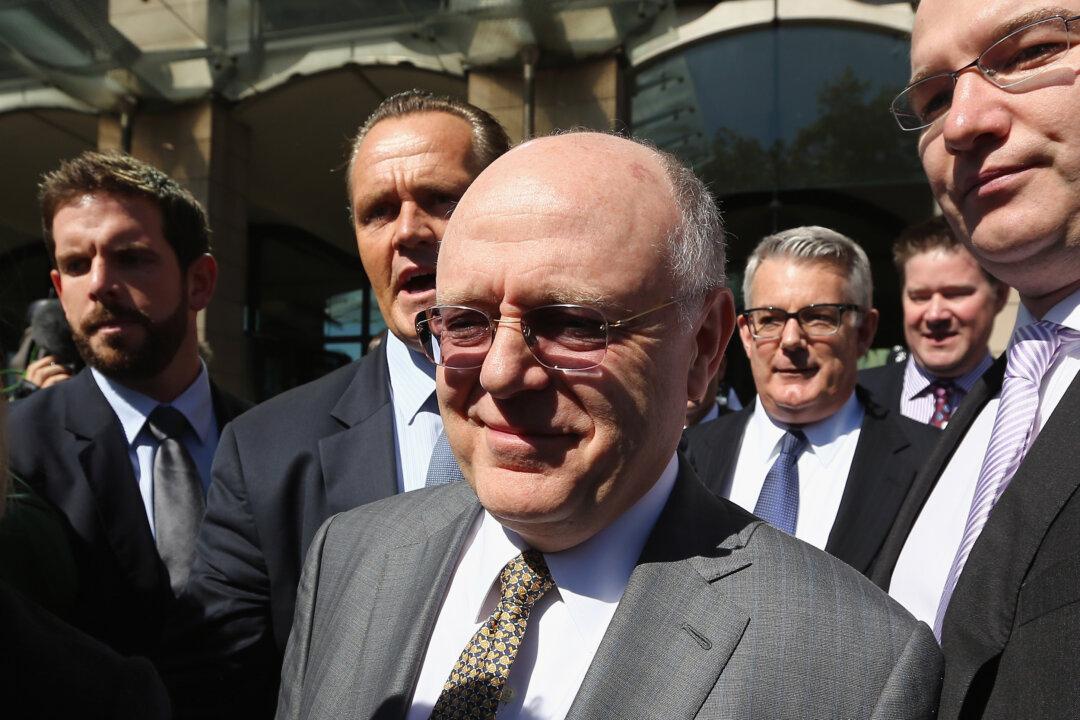The March 12 gas explosion in Harlem leveled two buildings, killing at least eight people. Already, observers are saying that the tragedy points up New York’s need to invest billions in its aging public infrastructure. But the incident and the pre-existing infrastructure deficit may have nothing to do with one another.
New York certainly has an infrastructure problem. As the Center for an Urban Future reported on March 11, the city as well as state-run public authorities will fall $34.2 billion short of the $47.3 billion they should invest over the next five years in roads, bridges, tunnels, subways, buses, public housing, and public schools and universities. That figure doesn’t include the money private utilities, such as Con Edison, must spend to maintain electric and gas networks. As the report notes, Con Ed and National Grid, the city’s regulated private-sector gas providers, oversee a network of gas mains that are, on average, 53 years old. Sixty percent of the mains are made of steel or cast iron, vulnerable to corrosion. (Con Ed runs the gas mains in northern Manhattan, including Harlem.) The cast-iron pipeline that brings gas along Park Avenue, near the explosion site, is 127 years old.
But while an old pipeline may be the culprit, it’s not the only possible culprit.
As National Transportation Safety Board member Robert L. Sumwalt, the spokesman of this investigation, said on March 13, the buildings’ gas “feeder line” appears intact, though it’s difficult to tell for sure, as it’s still buried underground. The gas leak may have had another source, Sumwalt was careful to note.
We can’t know immediately that inadequate infrastructure was at fault, partly because a gas leak is different from a train derailment—another type of infrastructure failure New Yorkers have seen recently. It’s easy to figure out that in the case of a train derailment, such as the Metro-North crash that killed four in December, something went wrong with the MTA. After all, the MTA controls the trains, the tracks, and the people who work on them; their failures are the MTA’s failures. (The MTA depends on other utilities, including Con Ed, to provide electricity, and in some cases to maintain tracks, but in the end, it’s the MTA’s job to make sure its vendors and partners are doing their jobs to keep passengers safe.)
The pipeline network is different. Con Ed doesn’t control every aspect of gas delivery. Private apartment buildings maintain their own gas lines inside a building. Yes, a larger pipe is likely to lead to a larger leak, causing a bigger explosion. But it’s still possible that gas accumulated from a private leak. (Just as it has an aging-infrastructure problem, New York also has a problem of shoddy private-sector construction and maintenance.)
Moreover, unlike the MTA, Con Ed cannot restrict access to its network, as the MTA can restrict access to its tracks. Contractors who don’t work for the gas company but instead are working for private developers or building owners can rattle streets or dig through basements.
Even if the blast turns out to be caused by Con Ed’s failure to invest, it’s not clear how that fits into the problem that observers keep citing: city and state failures to invest in public infrastructure. Con Ed doesn’t get government subsidies. Instead, it depends on regulators to approve hikes to consumers’ gas and power bills. If Con Ed needs more money to replace or maintain its aging pipes, it is consumers—not taxpayers—who ultimately will pay for those upgrades.
Hiking private gas and power rates, of course, is subject to political pressure. Just three months ago, Gov. Cuomo trumpeted a deal to freeze gas rates for three years. But political interference in public utilities or public authorities is a different problem than aging public infrastructure. When the city or state decides to spend money on a long-term subway-signal upgrade, it has to decide not to spend money on something else—such as higher teachers’ salaries.
New York’s infrastructure problem is real, but it shouldn’t be confused with other problems, and it’s too soon to say whether it’s the underlying cause of the disaster on 116th Street.
Nicole Gelinas is a City Journal contributing editor and author of After the Fall: Saving Capitalism from Wall Street—and Washington. This article originally appeared on the Manhattan Institute’s City Journal magazine website.


